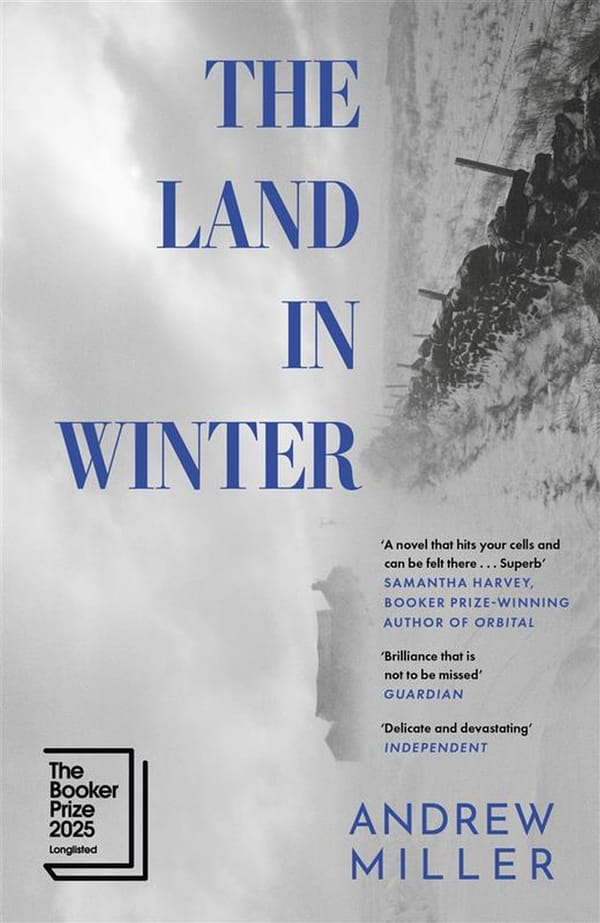A deep-dive into carbon off-setting: understanding its complexities
Environment writer Léa Haber takes a look at the ins and outs of carbon off-setting by corporations
Is the practice of carbon offsetting, increasingly prevalent for both businesses and consumers, a good thing? Offsetting assumes that “an emission reduction achieved in one location has the same beneficial effects as an emission reduction achieved anywhere else”. It suggests that balancing carbon levels is a zero-sum game.
But the reality is that emissions occurring in one place cannot be equated to capture somewhere else. For instance, a business with a factory emitting high levels of pollutants is still harming the local community and ecosystem, even if they may be offsetting this emission elsewhere. And this is just one example of the many problems associated with carbon offsetting - unbeknownst to much of the public, there are several issues related to existing offsetting projects that must be considered when determining whether the offset is justified and productive.
Issues of pricing and efficacy
Currently, purchasing carbon offsets is relatively cheap. There are considerable numbers of projects being offered for little demand, so for businesses, merely “managing” a non-sustainable business model of high emission becomes more appealing than actually changing their operations.
Yet, this is an unsustainable perspective in the long term. Although the global market for carbon offsetting was approximately $300 million in 2018 (compared to the chocolate market in the UK, which averages at $3bn per year), this number has been growing rapidly and is expected to continue rising. Quite simply, if companies aim to commit to their net-zero targets or emissions reduction targets, they have to reduce emissions; there’s only so much land that can be used for offsetting.
In addition, there are issues of offsetting quality, which can be hard to assess. But several certification programmes have revealed the efficiency of existing projects (including non-certified), and only 2% were found to be effective at removing emissions. The problem here is that it is hard to predict how long the trees will stay put with their stored carbon, and any climatic or anthropogenic impacts on that land in the future may compromise this carbon offset in the long run.
Offsetting by consumers
Another dubious area of offsetting is those encouraged for consumers. Most commonly seen when purchasing plane tickets, businesses can offer their customers a chance to pay voluntarily to offset the carbon impacts of their activity. While this looks like a good initiative that can help customers feel good, it can potentially encourage more unsustainable behaviours compared to if there were no offsetting options. This is the concept of “self-licensing” and can become a slippery slope.
In addition, asking customers to pay to offset the carbon emission of taking a flight could also be a lazy excuse for companies not innovating enough towards reducing emissions. For example, if planes are still flying with kerosene, it is partly because it’s cheap to produce and not taxed, driving away any need to substitute it. In this case, airline companies fail everyone by not using an alternative fuel and encouraging customers to bear their failure. It is simply called greenwashing and greenlighting (I coined it from gaslighting).
This type of greenwashing is one of the major risks of offsetting projects. Instead of reducing emissions, organisations find ways to carbon offset or push it onto their customers.
Land-grabbing for sustainable management
The last issue that is worth mentioning is land grabbing. Carbon offsetting programmes are supposedly meant to increase the prevalence of sustainably managed forests. Yet often, if there are indigenous tribes or local communities occupying potential land for offsetting, they are deemed incapable of handling that land. There have been claims that this was done within some UN REDD+ programmes. All of this is done in the name of offsetting our high maintenance lifestyle.
So offsetting is still a good thing?
It depends on who is in charge and who it is done for. Does offsetting ever make up enough for the previous environmental harm to be compensated for? Recently the petrochemical company Eni has promised to plant trees in Africa to become “net zero” by 2030, through the REDD+ scheme.
Yet, a Greenpeace report has calculated what this PR stunt would mean in practice: “this bold claim may be impossible to achieve as it would require enormous tracts of forests to be saved from deforestation to meet this target” and summarising “if ENI was to offset all their emissions […] using carbon projects in developing countries’ forests, this is nearly impossible. These targets will not be achieved without harm to the forest-dependent communities.”
Overall, voluntary carbon offsets make me think of redemption for our consumption by planting a few trees between the tropics. Is it a modern take on the middle-age practice of buying indulgences for a place in heaven? Maybe that’s just how I see it.








